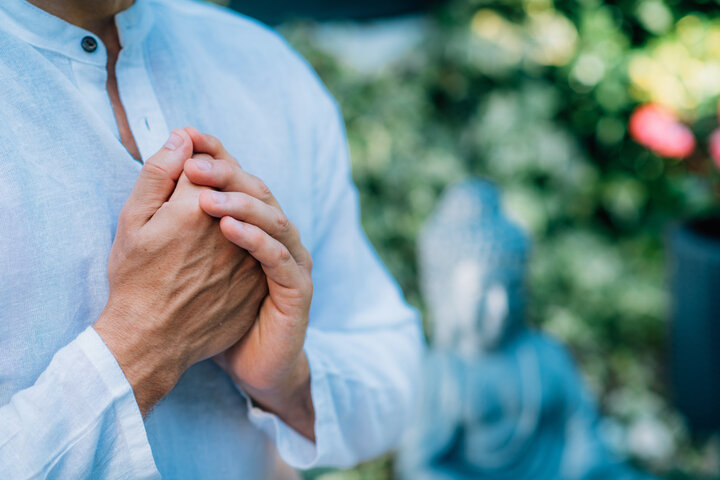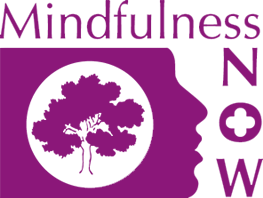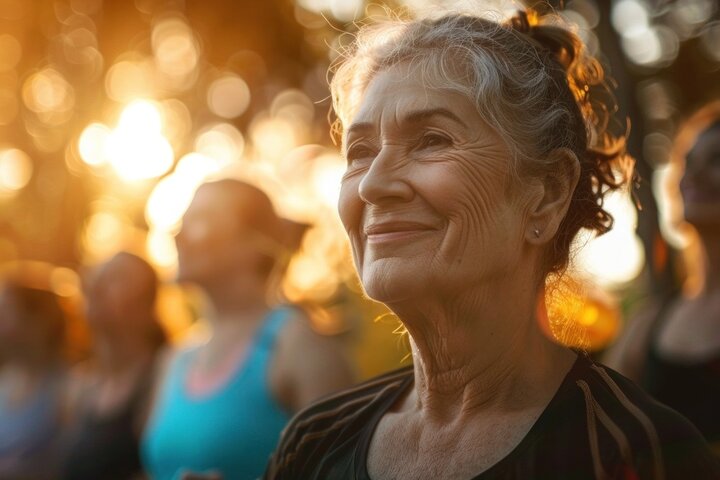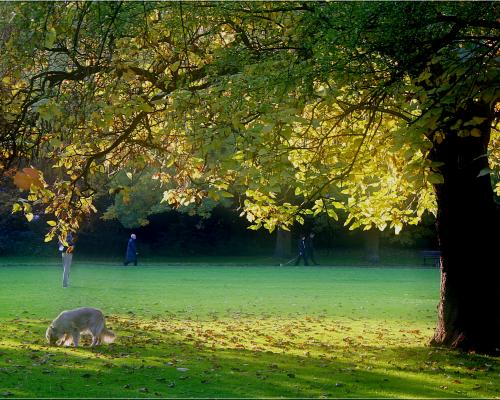Mindfulness, Self-Love, and the Subtle Aggression of Self-Improvement
“Don’t meditate to fix yourself, to improve yourself, to redeem yourself; rather, do it as an act of love, of deep warm friendship to yourself. In this way there is no longer any need for the subtle aggression of self-improvement, for the endless guilt of not doing enough. It offers the possibility of an end to the ceaseless round of trying so hard that wraps so many people’s lives in a knot. Instead, there is now a meditation as an act of love. How endlessly delightful and encouraging.”
— Bob Sharples, Meditation: Calming the Mind

The first time I heard this quote, something inside me paused. That phrase—“the subtle aggression of self-improvement, the endless guilt of not doing enough”—landed like truth.
In a world obsessed with progress, upgrades, and constant optimization, we’re often taught to treat ourselves like a project under construction. Meditation becomes a productivity tool. Reading becomes a way to get ahead. Even rest becomes a strategy to work better later.
We forget that love—not improvement—is our deepest nourishment.
When Growth Becomes a Disguised Form of Self-Rejection
After hearing Sharples’ words, I looked at my ever-growing library of books and felt a ripple of discomfort. Was my love of learning truly rooted in curiosity… or had it become another method of proving my worth? Another metric. Another quiet whisper of “not enough yet.”
That moment helped me see the deeper message of the quote—not as a rule against growth, but as a gentle redirection of intention.
The problem isn’t growth—it’s growth fueled by self-rejection.
Meditation as an Act of Love, Not a Project
Sharples speaks specifically about meditation, reminding us that we are allowed to arrive in practice without an agenda. To sit—not to improve, but to be with ourselves. To breathe without trying to be better at breathing. To exist without trying to optimize our existence.
Pema Chödrön, in When Things Fall Apart, echoes this beautifully: “We already have everything we need.” Her teachings invite us to drop the constant urge to self-correct and instead rest in the simple intimacy of being human.
Jon Kabat-Zinn, founder of Mindfulness-Based Stress Reduction, emphasizes mindfulness as awareness embodied with kindness, not just attention sharpened for performance. Meditation as friendship, not discipline.

Self-Compassion Over Self-Criticism
According to Kristin Neff, the pioneering researcher of self-compassion, most of us have been conditioned to believe that criticism drives improvement. But research shows the opposite—gentleness builds resilience, while judgment creates burnout.
This aligns deeply with Tara Brach’s work in Radical Acceptance, where she speaks of “the trance of unworthiness” and the healing power of approaching ourselves with compassion, not condemnation.
Reclaiming Growth as a Celebration, Not a Punishment
So, no—I didn’t stop reading. My library still grows. But my relationship with learning has softened.
I don’t pick up a book thinking “I should know more.”
I pick it up thinking “How wonderful that I get to learn.”
That small shift changes everything.
Growth born from love feels like expansion. Growth born from fear feels like pressure.
A New Way Forward
Meditate as a gesture of love, not a self-improvement checklist.
Read because curiosity is joy, not because knowledge promises worthiness.
Grow because your spirit is dynamic, not because your current self is inadequate.
You don’t need to improve yourself to earn your own love. You can love yourself now—and let that love be the fuel for your unfolding.
References
Bob Sharples – Meditation: Calming the Mind (summary):
https://www.goodreads.com/book/show/1866735.Meditation
Tara Brach – Radical Acceptance Official Page:
https://www.tarabrach.com/radical-acceptance/
Kristin Neff – Official Self-Compassion Research & Test:
https://self-compassion.org/
Pema Chödrön – When Things Fall Apart Information:
https://pemachodronfoundation.org/books-and-audio/
Jon Kabat-Zinn – Mindfulness-Based Stress Reduction Overview:
https://www.umassmed.edu/cfm/mindfulness-based-programs/mbsr/
Tara Brach Podcast & Talks on Compassionate Practice:
https://www.tarabrach.com/podcasts/
Additional Meditation Teachings from Jon Kabat-Zinn:
https://www.mindfulnesscds.com/















